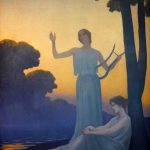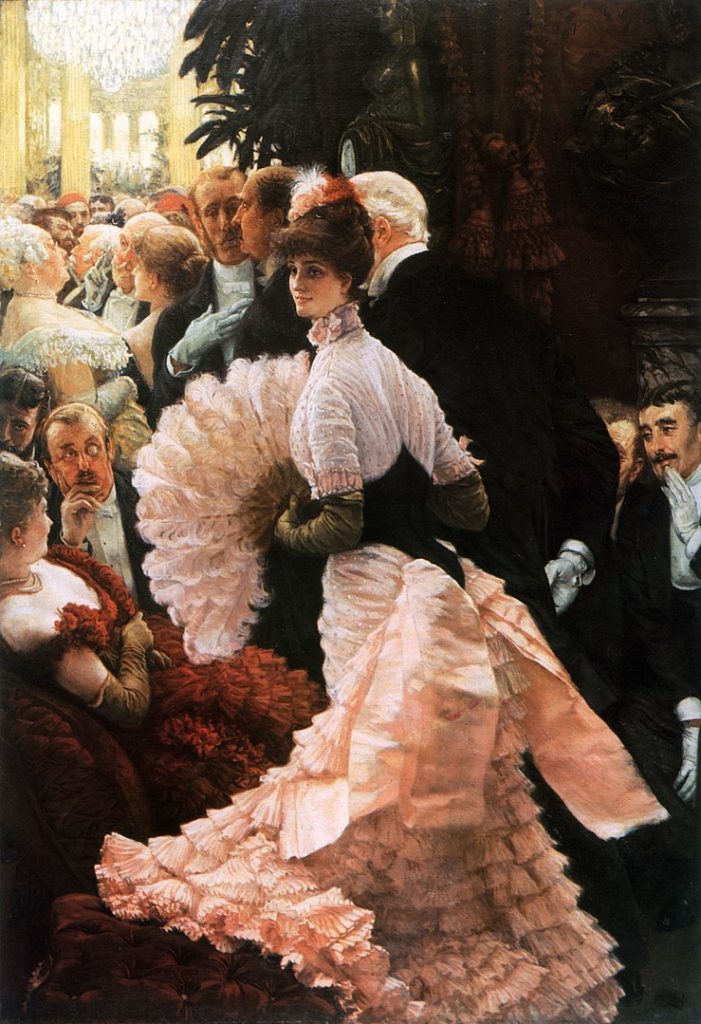
James Tissot, a prominent French painter and illustrator of the 19th century, left an indelible mark on the art world with his distinctive style and diverse body of work. Born on October 15, 1836, in Nantes, France, as Jacques Joseph Tissot, he would go on to become a leading figure in the art scene of his time.
Tissot’s early life was marked by tragedy, as he lost his mother at a young age. Despite this hardship, his artistic talents manifested early, and he began formal art training at the Ecole des Beaux-Arts in Paris at the age of 19. His studies focused on historical painting, and he soon gained recognition for his skillful execution and attention to detail.
The young artist’s career took a significant turn when he met James McNeill Whistler, an American expatriate artist, in London. This encounter had a profound impact on Tissot’s artistic development, leading him to explore the emerging trends in British painting. He adopted elements of the Pre-Raphaelite Brotherhood’s style, characterized by vivid colors, intricate details, and a focus on historical and literary themes.
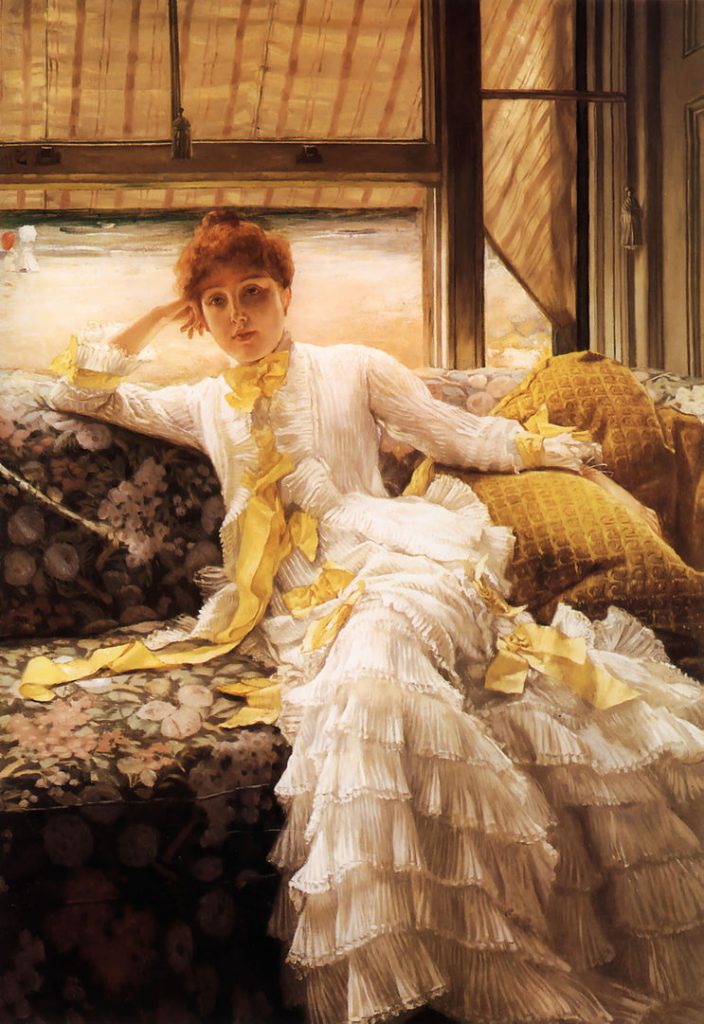
Tissot’s success grew steadily, and by the mid-1860s, he had established himself as a sought-after painter. His work often depicted scenes from everyday life, capturing the essence of Victorian society with a keen eye for fashion and social dynamics. One of his notable early works, “The Ball on Shipboard” (c. 1874), showcased his ability to portray the elegance and glamour of high society.
In the late 1860s, Tissot faced a personal crisis when his partner and muse, Kathleen Newton, passed away. Devastated by her death, he sought solace in spirituality and embarked on a journey to the Holy Land. This transformative experience profoundly influenced his artistic direction, leading him to explore biblical themes in his work.
Tissot’s religious phase produced some of his most iconic paintings, such as “The Life of Christ” series. His meticulous attention to historical accuracy and his ability to infuse spirituality into his compositions set these works apart. “The Healing of the Sick Woman” (c. 1876) and “The Widow’s Mite” (c. 1886-1894) exemplify Tissot’s commitment to portraying biblical narratives with both reverence and artistic innovation.
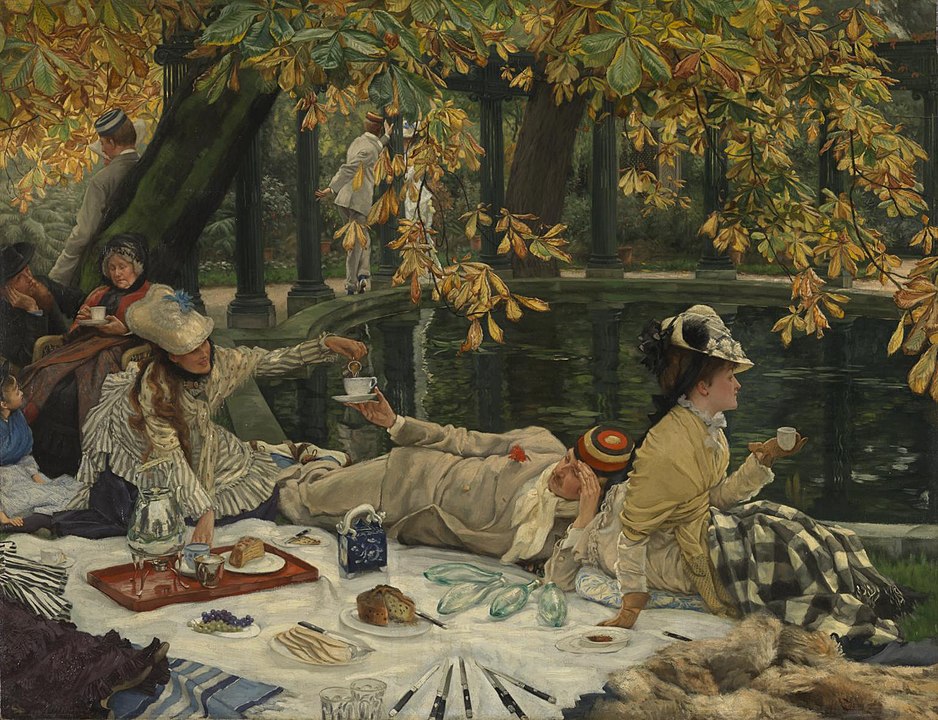
After his spiritual exploration, Tissot returned to Paris in the late 1880s and experienced a shift in his artistic style once again. He embraced the burgeoning movement of Japonism, incorporating Japanese aesthetics into his work. The influence of Japanese art is evident in pieces like “Young Ladies Looking at Japanese Objects” (c. 1869) and “Tea in the Garden” (c. 1885), where he seamlessly blended Western and Eastern artistic traditions.
Tissot’s later years were marked by his involvement in the Parisian art scene and his dedication to capturing the evolving social landscape. His paintings of fashionable women and scenes from modern life continued to garner acclaim. “The Gallery of HMS Calcutta” (c. 1876) and “Portsmouth Dockyard” (c. 1877) exemplify his ability to depict contemporary subjects with precision and flair.
The artist’s commitment to his craft extended beyond painting; he also delved into printmaking and illustration. Tissot contributed illustrations to literary works, including works by renowned authors such as Edgar Allan Poe and Emile Zola. His skillful use of line and composition in these illustrations demonstrated his versatility as an artist.
James Tissot’s life and career reached a culmination in his later years. He passed away on August 8, 1902, leaving behind a legacy of artistic innovation and a body of work that continues to captivate audiences today. His ability to navigate different artistic movements, from historical painting to spiritual themes and Japonism, showcases the depth of his talent and his unwavering dedication to artistic exploration.
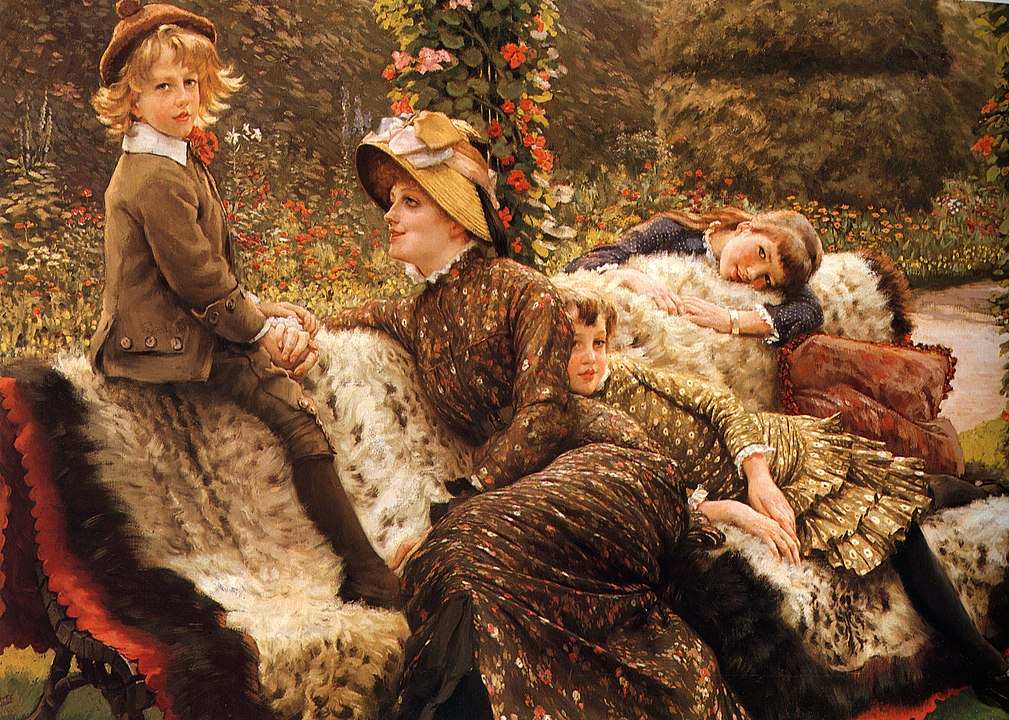
In retrospect, Tissot’s life story is a testament to the transformative power of art and the resilience of an artist in the face of personal challenges. From his early days in Nantes to his spiritual sojourn in the Holy Land and his later years in the bustling art scene of Paris, James Tissot’s journey reflects the evolving currents of 19th-century art and his remarkable ability to navigate and contribute to its diverse landscape.

